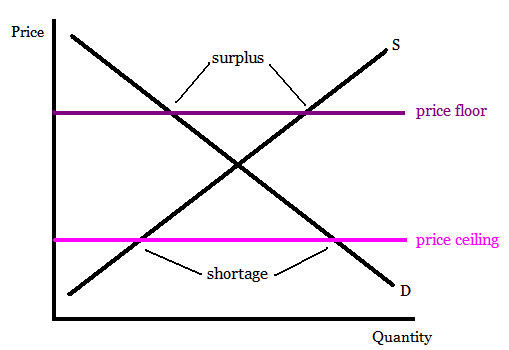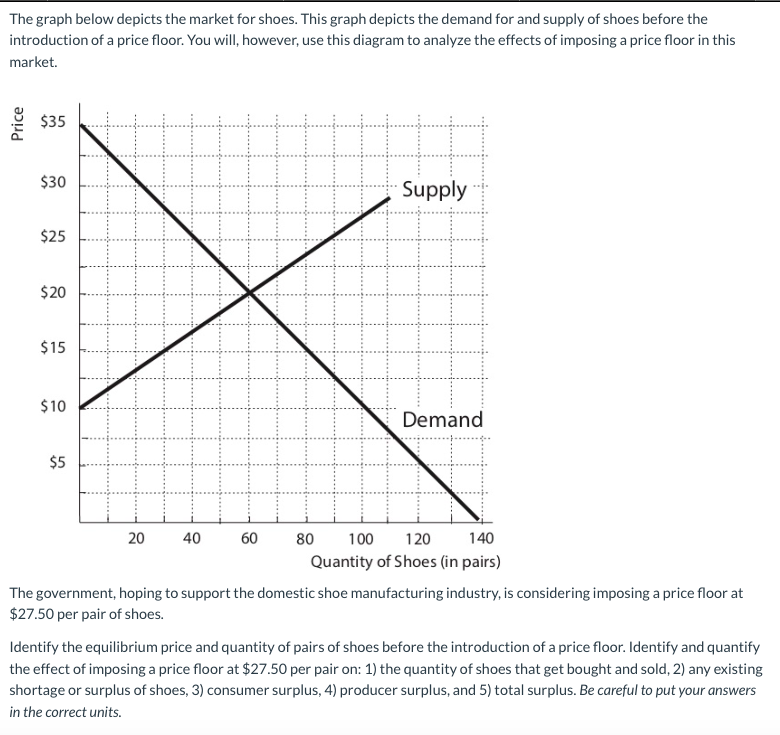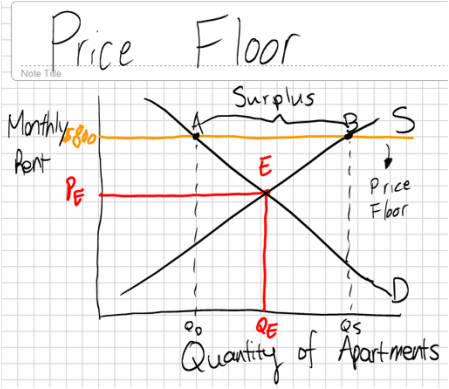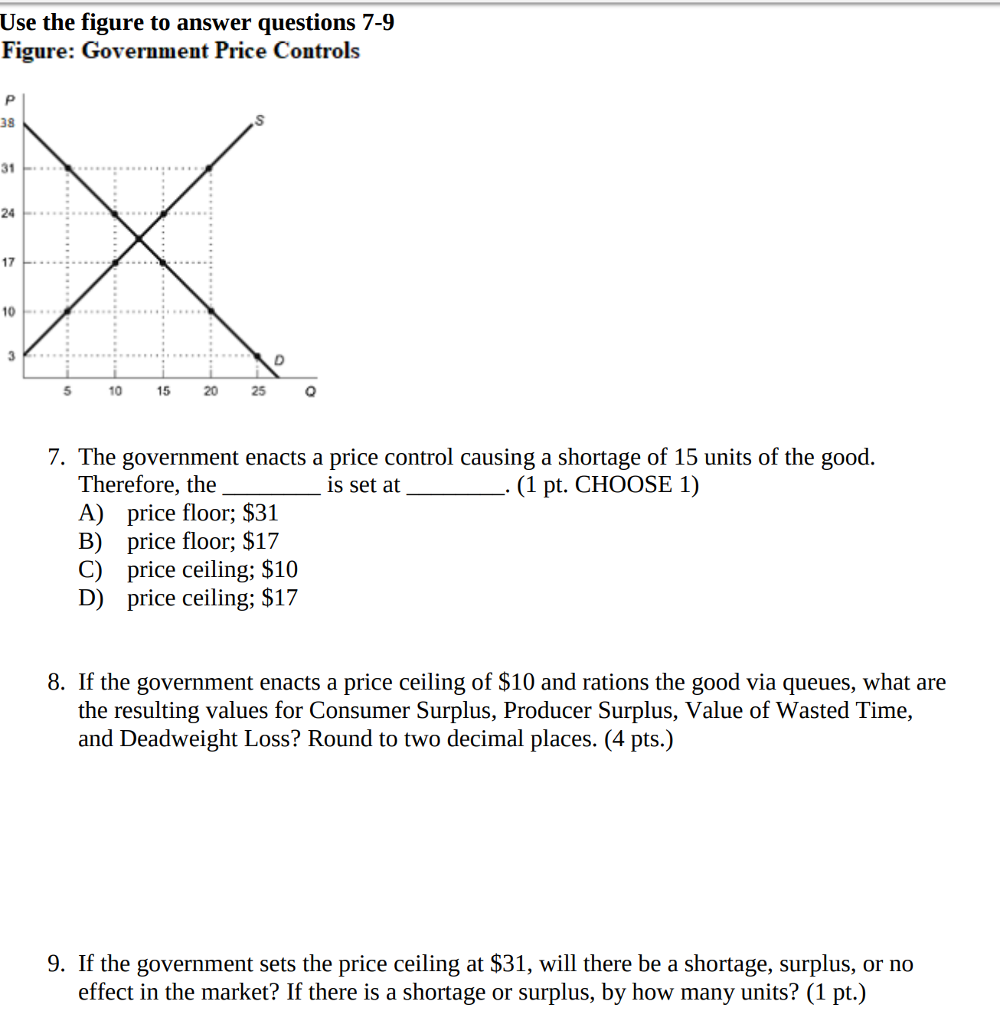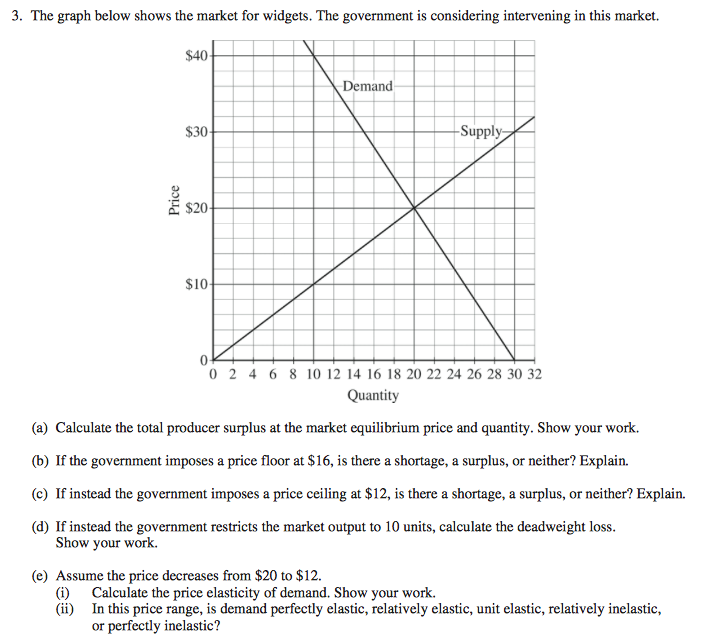Price Floor Surplus Or Shortage
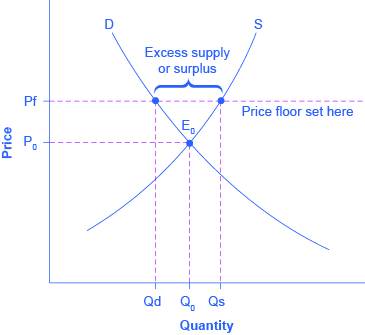
A price floor must be higher than the equilibrium price in order to be effective.
Price floor surplus or shortage. Governments usually set up a price floor in order to ensure that the market price of a commodity does not fall below a level that would threaten the financial existence of producers of the commodity. Due to the law of diminishing marginal utility the demand curve is downward sloping. The department of agriculture purchases surplus crops for. Likewise since supply is proportional to price a price floor creates excess supply if the legal price exceeds the market price.
When a price floor is set above the equilibrium price quantity supplied will exceed quantity demanded and excess supply or surpluses will result. But since it is illegal to do so producers cannot do anything. A demand curve on a demand supply graph depicts the relationship between the price of a product and the quantity of the product demanded at that price. In case of producer surplus producers would have reduced the price to increase consumers demands and clear off the stock.
When the surplus is eliminated the quantity supplied just equals the quantity demanded that is the amount that producers want to sell exactly equals the amount that consumers want to buy. A price ceiling below the market price creates a shortage causing consumers to compete vigorously for the limited supply limited because the quantity supplied declines with price. When price floor is continued for a long time supply surplus is generated in a huge amount. The equilibrium price commonly called the market price is the price where economic forces such as supply and demand are balanced and in the absence of external influences the equilibrium values of economic variables will not change often described as the.
Price floors prevent a price from falling below a certain level. When government laws regulate prices instead of letting market forces determine prices it is known as price control. In this case it is a surplus of workers suppliers of labor more of whom are willing to work in minimum wage jobs than there are employers demanders willing to hire at that wage. How far will the price fall.
A price floor is a government or group imposed price control or limit on how low a price can be charged for a product good commodity or service. So government has to intervene and buy the surplus inventories. Whenever there is a surplus the price will drop until the surplus goes away. When a price ceiling is set below the equilibrium price quantity demanded will exceed quantity supplied and excess demand or shortages will result.
An example of a binding price floor established by law but carried out through government purchases is agricultural price supports. Unfortunately it like any price floor creates a surplus. We call a surplus caused by the minimum wage unemployment.




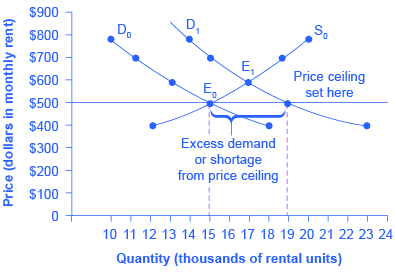


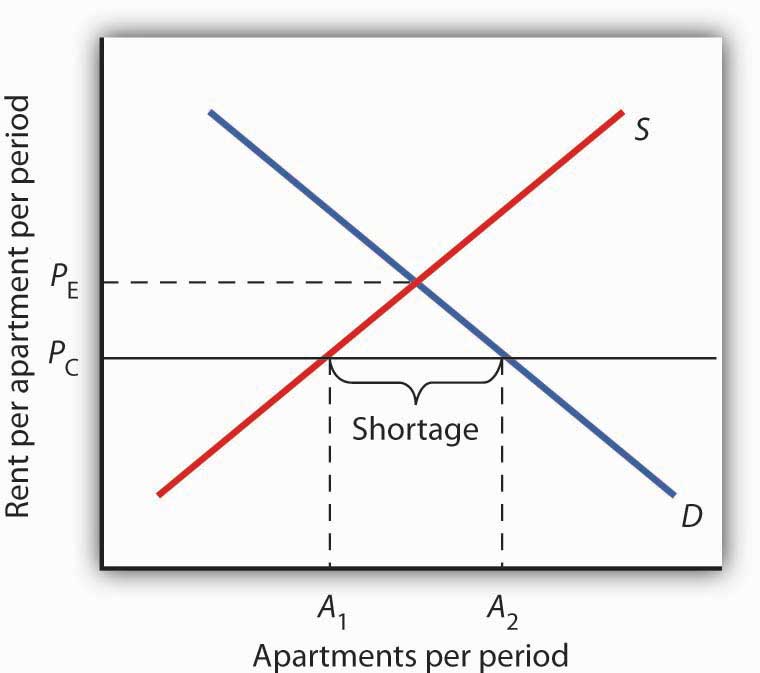



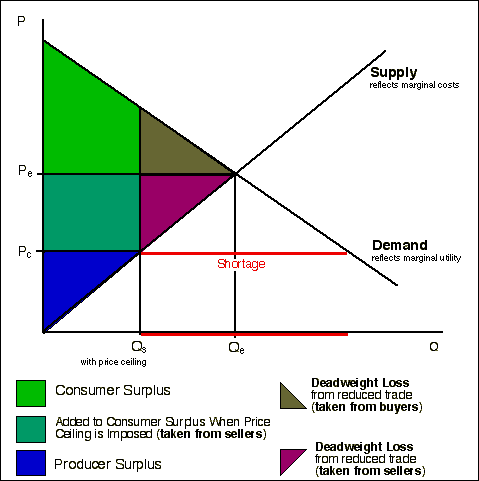

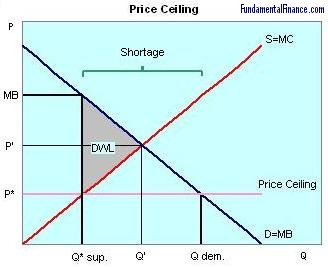


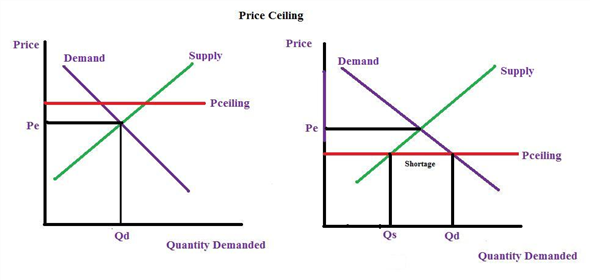
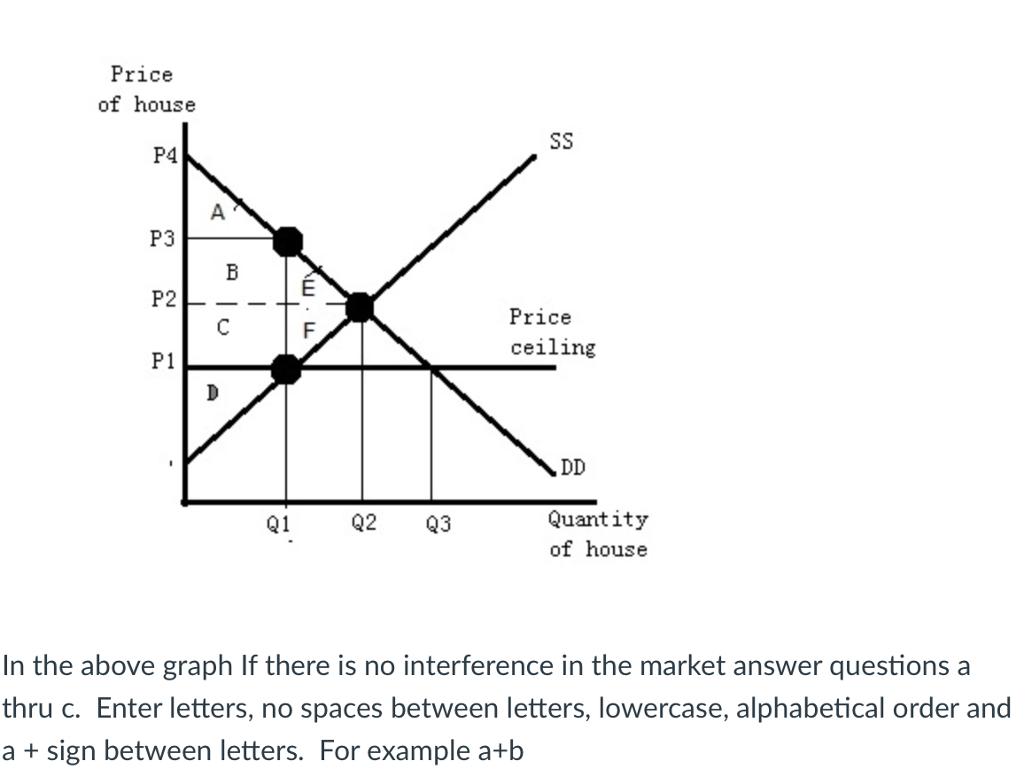






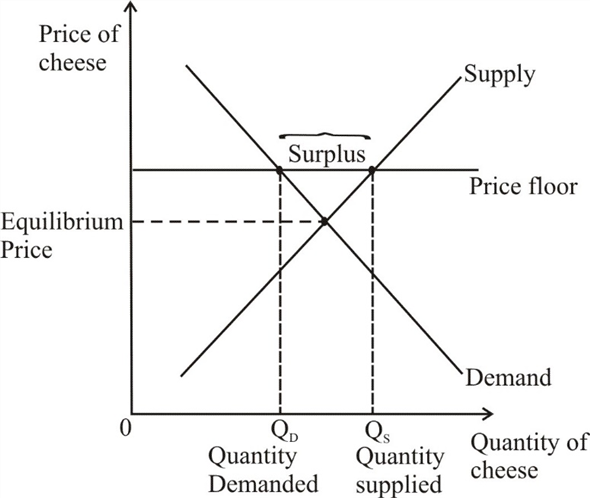
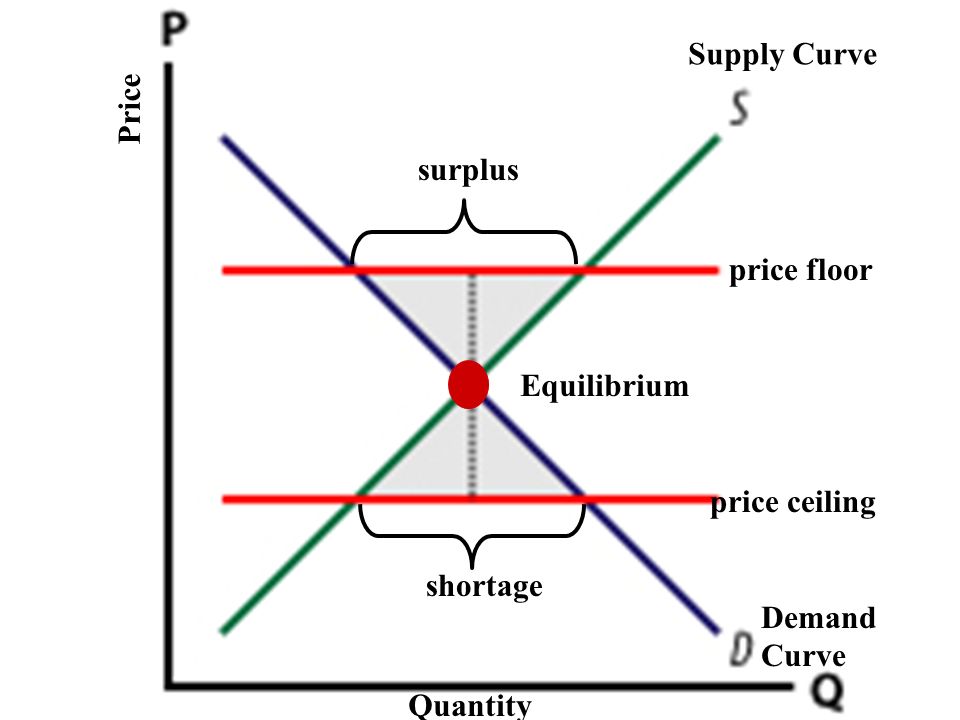

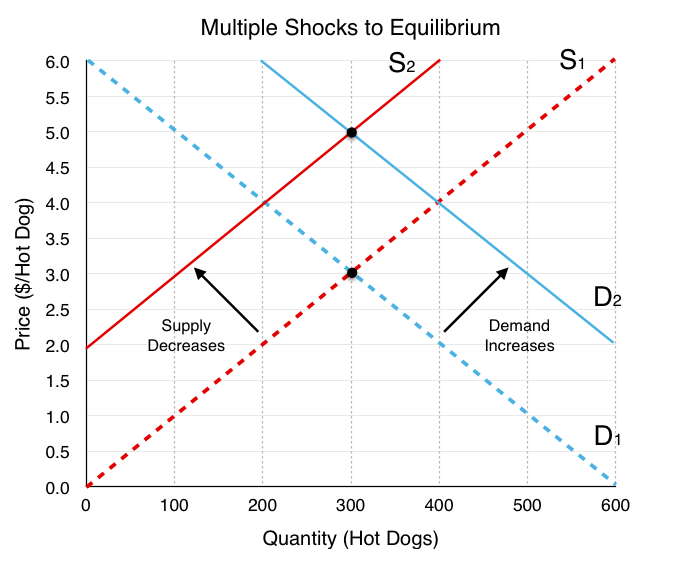
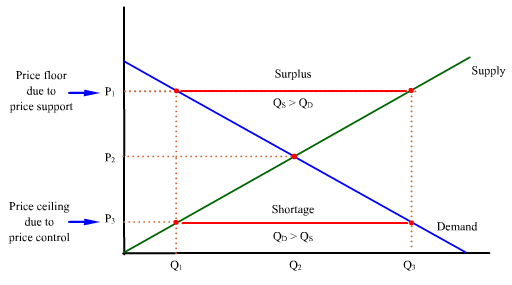

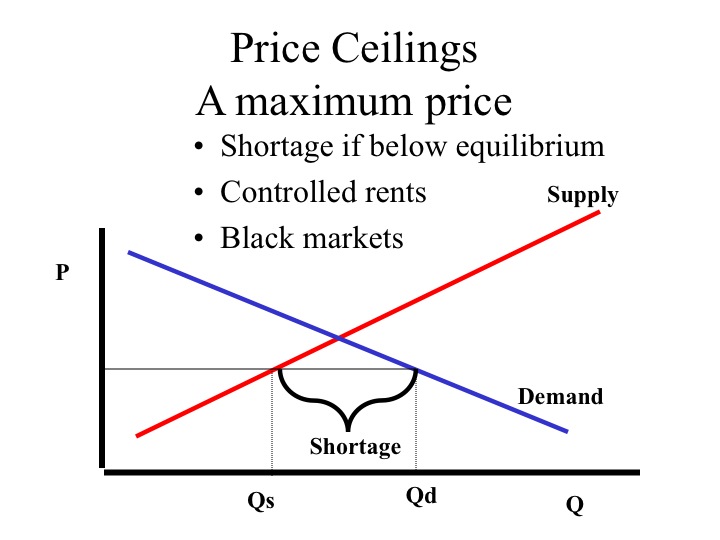
/disequilibrium-498e9ba4154c4a7c8739b3443da14b17.png)
